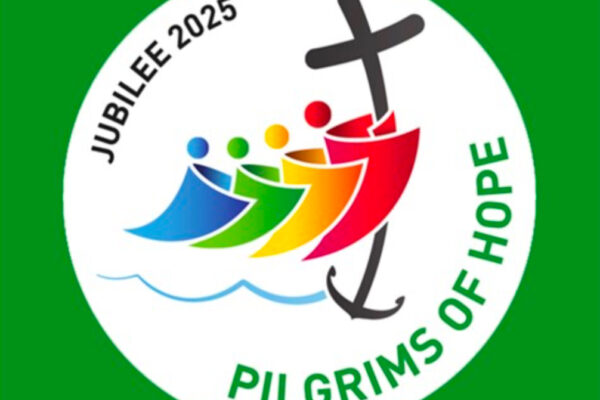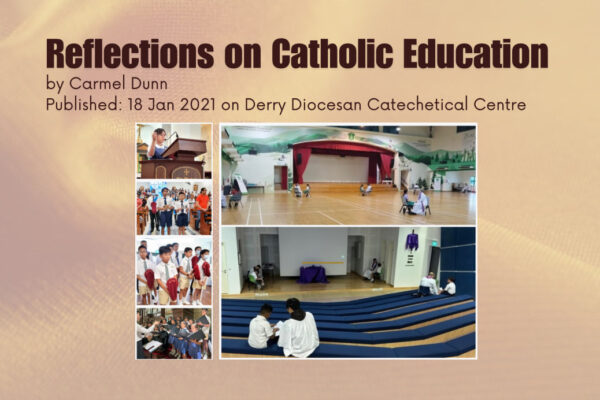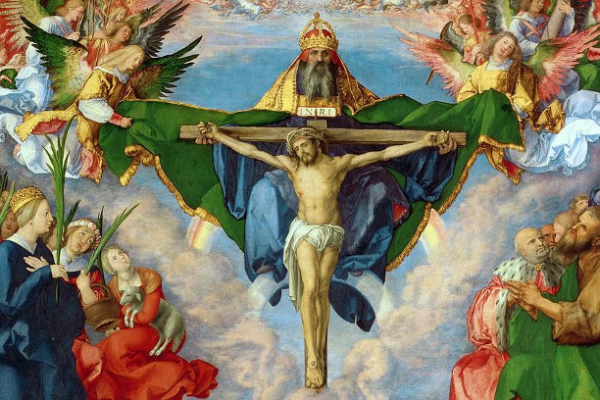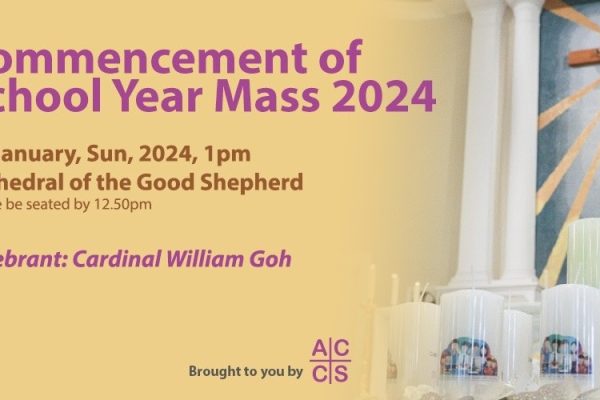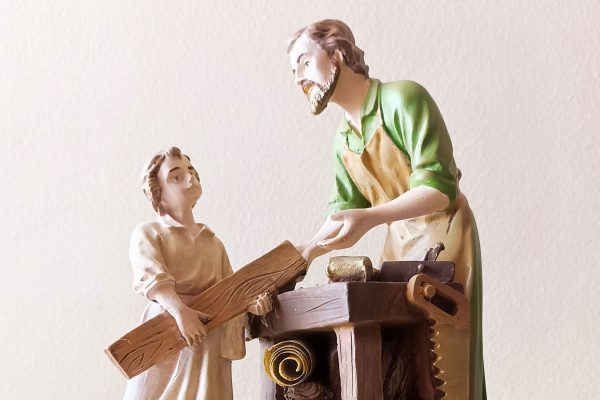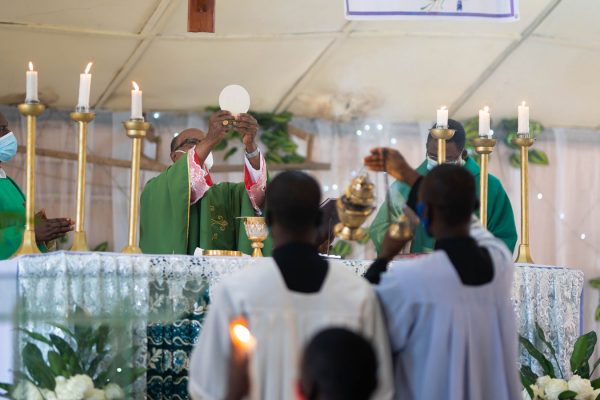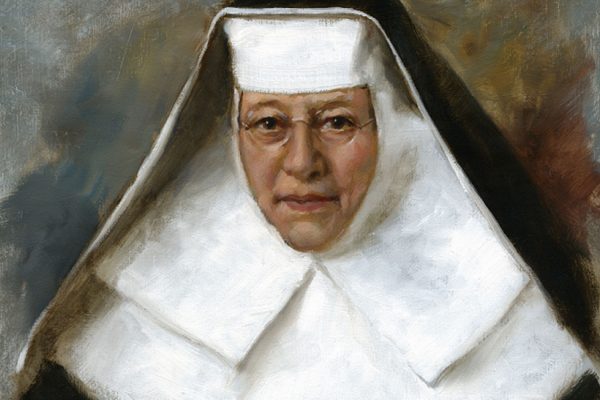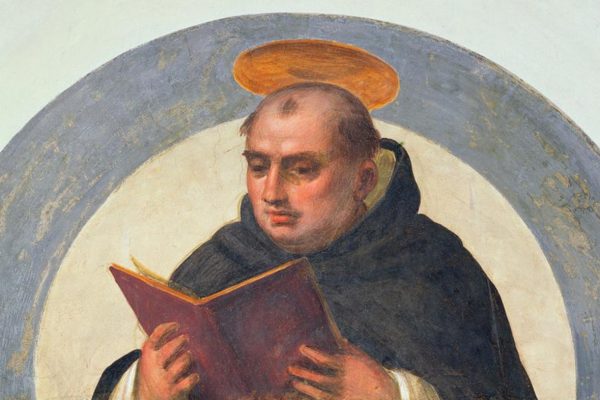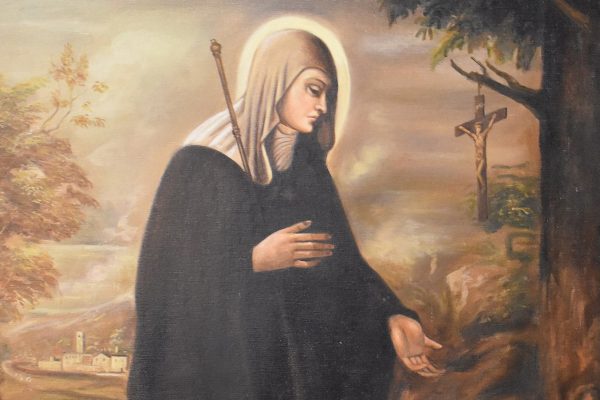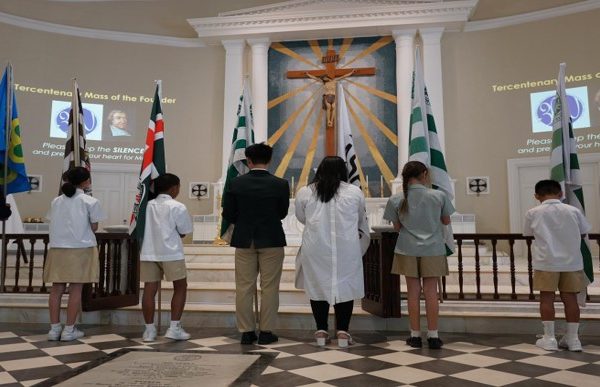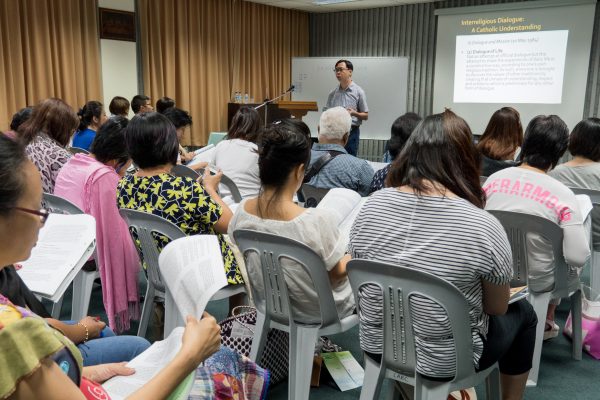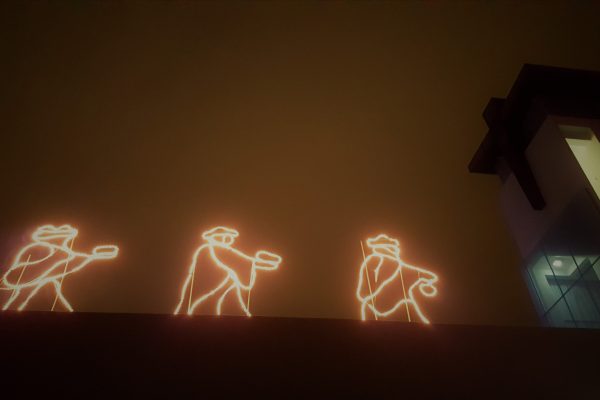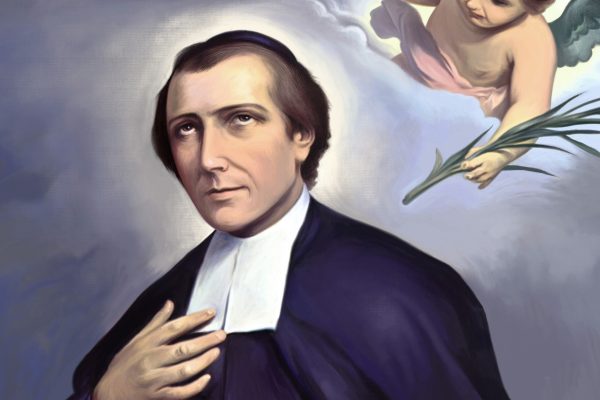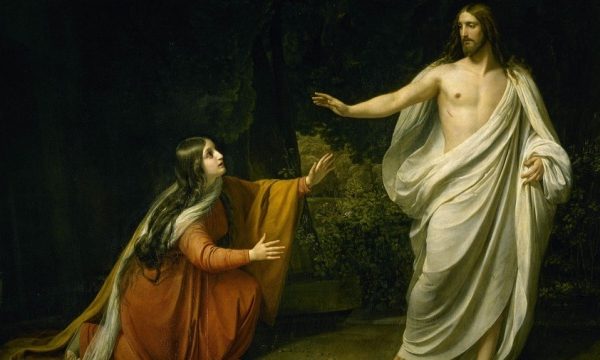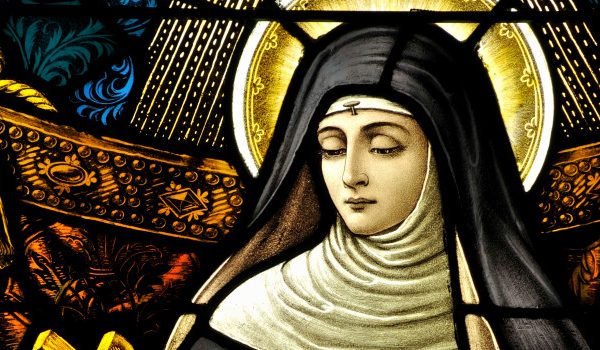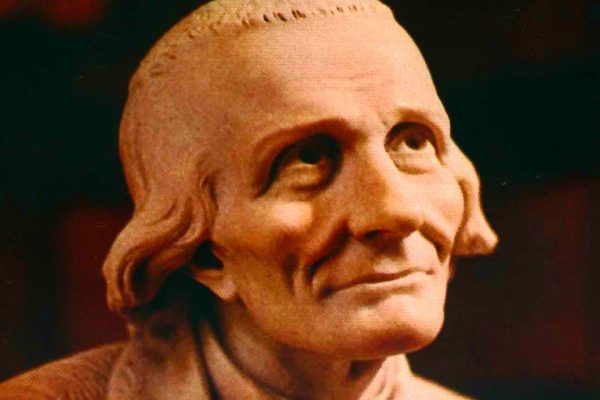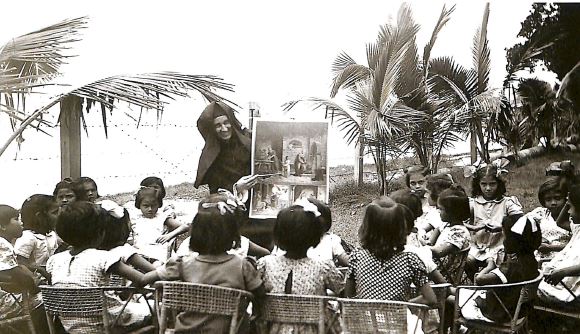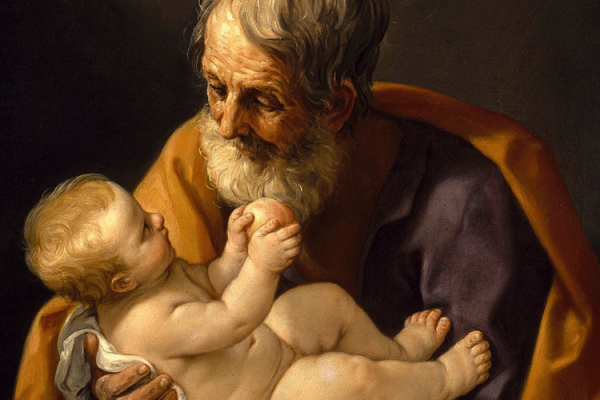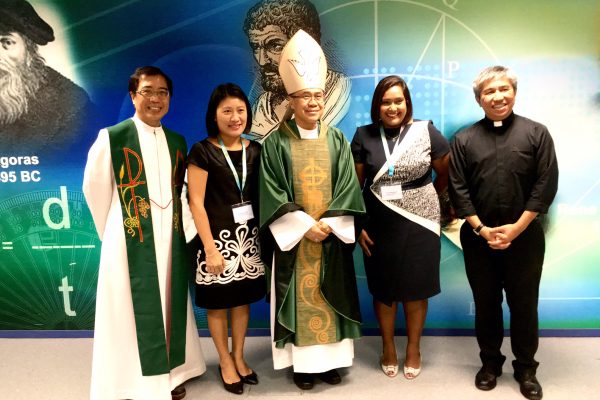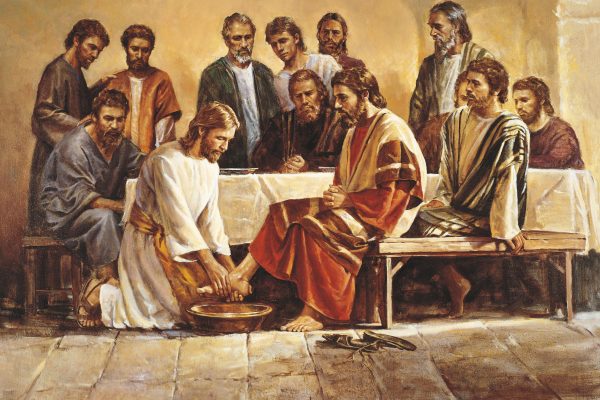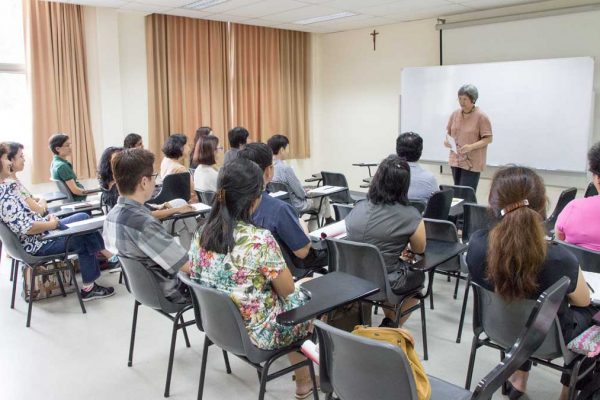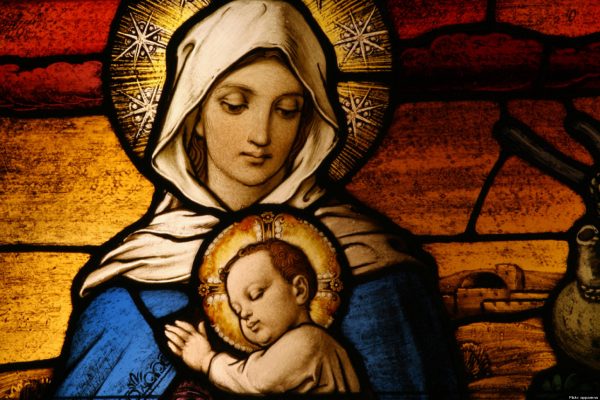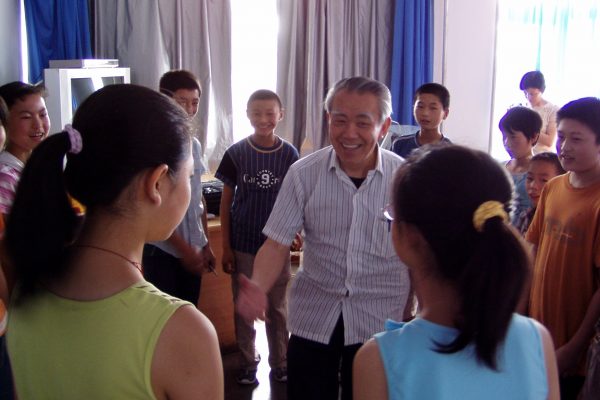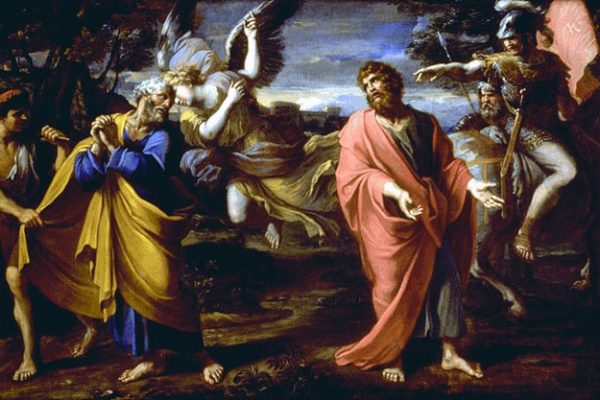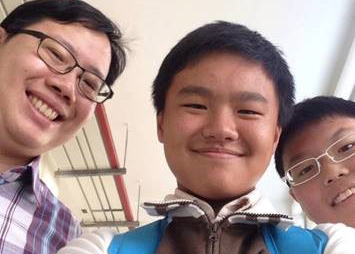
God’s Great School of Creation by Michelle Tan
“The world is charged with the grandeur of God.
It will flame out, like shining from shook foil.”
(Fr Gerard Manley Hopkins, SJ)
The ecumenical Season of Creation—from Sept 1 to Oct 4, the feast day of St Francis of Assisi, the patron saint of the environment—is once more upon us, an annual reminder that Creation is a gift from God, and we, but its stewards.
This year is also the 10th anniversary of Pope Francis’ landmark encyclical Laudato ‘Si (On Care For Our Common Home): it is timely then, that we should ponder more deeply how valuable Creation is to humanity, not just as a physical resource which we have plundered for worldly progress and economic development, but a source of spiritual riches for integral human development.
As Catholic educators, have we ever wondered that, if Christ is our Master Teacher, then Creation could be the Divine School into which every person is automatically enrolled (no balloting required!) and nourished to be a lifelong learner?
After all, Creation bears the 5 Essential Marks of a Catholic School.
1. Inspired by a Supernatural Vision
A Catholic school is called to point students toward Jesus, who shows them the Way to their “transcendent destiny” in heaven. In the same way, Creation (which includes all living things, and man himself) directs our gaze to God.
Psalm 19:1 declares, “The heavens are telling the glory of God: and the firmament proclaims his handiwork.”
Customs and traditions the world over also reveal God in their own way. On a visit to Bali, I was told the spiritual meaning behind the oft-seen elegant bamboo penjor.
Its graceful arch symbolises Mount Agung, the abode of the gods, and reminds believers to bow low before them in humility, obeisance and gratitude.
The little shrines at the base of each penjor contain thanksgiving offerings of things growing under the ground (tapioca, cassava and other root vegetables), on its surface (rice, vegetables, flower blossoms) or above ground (coconut and other hanging fruits) in acknowledgement that all earth’s bounty are due to divine providence.
It was a beautiful reminder of what our response of faith should be to God’s infinite love for us i.e. “gratitude and gratuitiousness, a recognition that the world is God’s loving gift, and that we are called to quietly imitate His generosity in self-sacrifice and good works.” (Laudato ‘Si, LS 220)
“Each creature reflects something of God, and has a message to convey to us.” (LS 220). It is up to us to discover it.
2. Founded on a Christian Anthropology
Catholic education upholds the dignity of every human person, made in the image and likeness of God, his Creator. Therefore, Catholic schools seek to develop each child holistically, not just for responsible citizenship in the real world, but also for everlasting life as good and upright citizens of heaven, and ambassadors of Christ on earth.
As we have seen, Creation points to its Creator: “The universe unfolds in God, who fills it completely. Hence, there is a mystical meaning to be found in a leaf, in a mountain trail, in a dewdrop, in a poor person’s face.” (LS 12)
Nature has inspired such great heights of human creativity as St Francis of Assisi’s Canticle of the Sun, Milton’s Paradise Lost, Van Gogh’s Starry Nights and Sunflowers, Tchaikovsky’s Swan Lake, and Sir David Attenborough’s acclaimed television documentaries.
Shinkansen bullet trains were modelled after a kingfisher’s beak, and Velcro after the way the burrs on seeds cling to the fur of their animal dispersers. The structure of the Eiffel Tower is based on that of the human femur; the Beijing National Stadium, a bird’s nest.
Indeed, the Old Testament records parables like those of the Trees (Judges 9:7-21) and the Unfruitful Vineyard (Isaiah 5:1-6). And, as we know, Jesus Himself used many metaphors from nature to teach His disciples about the Kingdom of God.
If the mission of Catholic education forms souls for eternity, then nature reminds us that this world is not our final home—Creation is a signpost to the heavenly Jerusalem.
3. Animated by Communion and Community
A Catholic school is called to be a community of love, thriving together in the unity and communion of the Holy Trinity. St Francis of Assisi saw creation as a family, calling the sun ‘Brother’ and the moon ‘Sister’.
Just as Catholic education forms students to live in right relationship with God and others, so Creation herself teaches valuable lessons on solidarity with God, others and nature.
Ants and bees contribute to the common good of the nest and hive, working in harmony according to their various ‘charisms’ as workers, soldiers, drones and queens in their natural hierarchies.
Animals in migration, birds in murmuration and fish in schools move as one. Flora, fauna and the elements all interact with, and in interdependence on another as ecosystems weaving dynamic and intricate webs of life. Even our earth, sun, moon, and stars are just a part of the vast, cosmic ecosystem we call the universe.
Imitating nature’s unity in biodiversity, so too we should know and be content with our place in the Church, society and the world, striving together for the good of all, adapting and evolving to overcome any existential obstacles we may face. “Life, uh, finds a way.” (Michael Crichton, Jurassic Park)
Creation beckons us to cultivate “a loving awareness that we are not disconnected from the rest of the creatures, but joined in a splendid universal communion.” (LS 220)
4. Imbued with a Catholic Worldview
Catholic schools must foster love for wisdom and truth, and should integrate faith, culture and life with all knowledge.
“Catholic educators do not want their students to say, ‘We had the experience but missed the meaning,’” but rather, “to desire learning so much that he or she will delight in becoming a self-learner.” (The Holy See’s Teaching on Catholic Schools, pp 45-46)
When I was in Kenya on a mission trip and stopped by the highway for a break during a long drive, I snapped the photo below, wondering aloud why three donkeys were needed to pull the relatively small cart.
Our driver explained: “The middle donkey is an old hand, immune to the noise and chaos of the busy roads. The two donkeys on either side of it are ‘trainees’, still young, inexperienced, and easily spooked.”
He continued, “They are yoked together until the young ones learn from the older animal how to remain calm in the traffic; they will be given their own carts to pull only when they become mentally and physically strong enough to handle conditions on their own.”
It was such a beautiful metaphor for Jesus’ invitation to “Take my yoke upon you and learn from me; for I am gentle and humble in heart, and you will find rest for your souls. For my yoke is easy, and my burden is light.” (Matthew 11:29-30)
Lest we miss the wood for the trees, we Catholic educators must never stop being like little children ourselves—courageously curious, ever ready to ask, seek and knock, wherever we find ourselves, so as to receive, find and be opened in mind and heart to the presence of God and the Truth of His Word in the world around us.
5. Sustained by Gospel Witness
Catholic schools and educators are entrusted with informing, forming and transforming their students into evangelising and missionary disciples of Christ. Creation too proclaims the Gospel.
The cycle of the seasons—spring, summer, autumn, winter, spring—invite us to meditate on the incarnation, life, passion, death and resurrection of Christ.
The laws of physics and chemistry, and the mathematics in natural phenomena and living things, especially the marvel that is the human brain and body, convince us that all these must have taken shape not by mere chance, but by divine design.
Thus the Church declares that “God created the world, writing into it an order and a dynamism that human beings have no right to ignore.” (LS 220)
Indeed, Creation is sacramental: in the liturgy and the Sacraments—water, fire, oil and colour—are “taken up by God to become means of mediating supernatural life”, especially the Eucharist, where the bread and wine, the fruits of the earth, become Christ Himself offered as “food for His creatures.” (LS 235)
Since “the beauty of creation reflects the infinite beauty of the Creator, [it] ought to inspire the respect and submission of man’s intellect and will.” (Catechism of the Catholic Church, CCC 341)
Stepping into the Classrooms of Creation
“Some people, in order to discover God, read books. But there is a great book: the very appearance of created things. Look above you! Look below you! Note it. Read it.
God, whom you want to discover, never wrote that book with ink. Instead, He set before your eyes the things that He had made. Can you ask for a louder voice than that?
Why, heaven and earth shout to you: ‘God has made me!’”
(St Augustine)
St Augustine’s pivotal spiritual conversion took place after he heard God’s voice calling: “Take up and read! Take up and read!” Upon taking up the Bible and reading the Word of God, his relationship with God and fellow man changed profoundly.
Today, on the 10th anniversary of Laudato ‘Si, we are reminded to heed Pope Francis’ appeal for our own ‘ecological conversion’, realising that “living our vocation to be protectors of God’s handiwork is essential to a life of virtue: it is not an optional or secondary aspect of our Christian experience.” (LS 217)
God created everything with its own purpose. “None is superfluous.” (LS 84) Humanity was created with the purpose of stewarding Creation, but we have failed, through ignorance or indifference or downright evil.
Yet in this Jubilee Year, we are assured that there is still Hope, one that does not disappoint, because the love of God has been poured into our hearts through the Holy Spirit. (Romans 5:5)
“The entire universe speaks of God’s love, His boundless affection for us. Soil, water, mountain: everything is, as it were, a caress of God.” (LS 84)
God invites us this Season of Creation, and every season of our life, to step out into His School of Life, and to feel His loving embrace. He does not ask us to pay school fees, only to pay attention, and then, when we gain wisdom, to pay Him homage.
Let us not play truant any longer, but “Take up and read! Take up and read!” God’s great Book of Creation. May we ponder it with faith, wonder, and gratitude. And then teach our students to do the same.
Credits: Image from Quotefancy



















